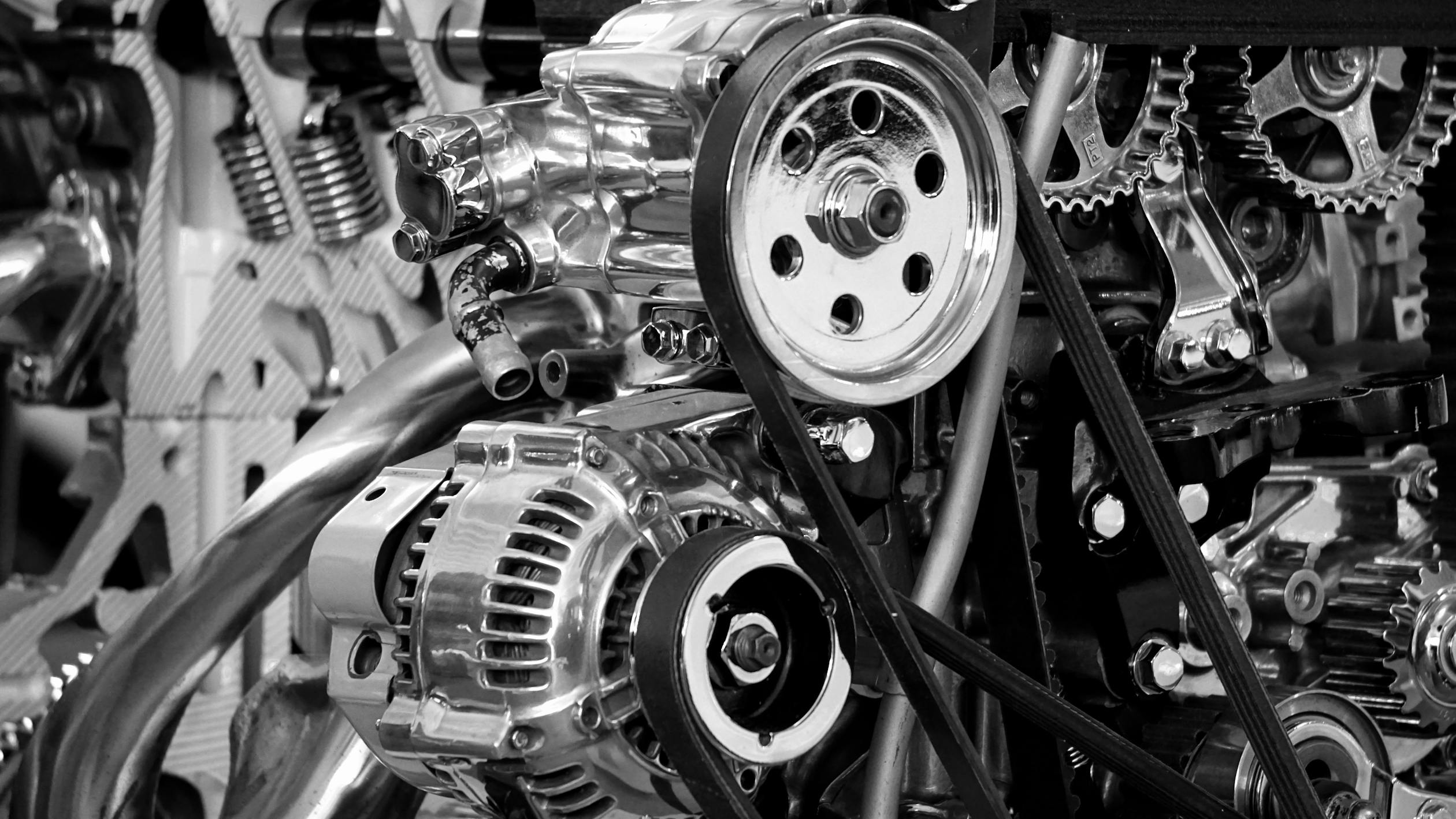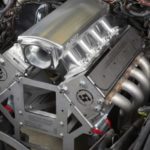It’s Time To Replace Your Master Cylinder
KNOW THE SIGNS & DIY INSTRUCTIONS
Your braking system is comprised of a number of parts. Most people think of the assembly in the context of the pads that apply pressure to the rotor. When you see repair shops advertising “Brake Jobs: $39.99,” that is usually what they’re focused on – the pads. The truth is, there’s far more to the assembly than the pads, calipers, and rotors.

In order for your car’s braking fluid to make its way to your calipers, it must be pumped. That’s the job of your brake master cylinder (BMC). In this article, I’ll briefly describe how this critical component works and explain how you can identify warning signs that it’s failing. Then, I’ll shed some light on whether you should replace it yourself or have a trained mechanic do it for you.
VIDEO: MASTER CYLINDER ANIMATION
A Brief Overview Of The System
As mentioned, brake fluid needs to be pumped to your vehicle’s front calipers. The fluid begins in the master cylinder, which is located near your braking pedal. When you press the pedal, hydraulic pressure is created within the BMC; that pressure pushes the fluid through the lines. Eventually, it reaches the calipers, which allows the pads to apply pressure against the rotors.

Even though most people refer to it as one component, the master cylinder is actually separated into two parts. If one part fails, the other part is able to deliver enough fluid to stop your car.
Warning Sign Of A Possible Failure
Brake master cylinders are very dependable and rarely fail. That said, they are susceptible to leaks. If the leak cannot be repaired, the component must be replaced. One of the first signs of a leaking BMC is a “squishy” brake pedal. When you press down on the pedal, you’ll notice that it travels further to the floor than normal. That’s called “extended travel.” It happens because a leak is preventing the master cylinder from producing the pressure needed to push the fluid to the calipers.

If you take your foot off the pedal and immediately press it again, you’ll feel a little more pressure, but the problem is not going to correct itself. It’s time to have the BMC replaced.
Should You Replace The Component Yourself?
If you own a few rudimentary tools, you’ll be able to replace the BMC without the help of a mechanic. That said, it can be a time-consuming job, especially if you have very little experience working under the hood. You’ll need to suction out the existing brake fluid, disconnect the sensor that monitors the level, and remove the lines and bolts that hold the component in place. Once the replacement is in, you’ll need to bleed the lines.

It’s far easier to take your car to a repair shop and ask the mechanics to replace the brake master cylinder for you. You’ll pay a little more for the labor, but you’ll have the peace of mind of knowing they’re performing the job correctly.





